ERC-721 vs ERC-1155: Project Selection Guide
Project Requirements Assessment
Answer these questions to determine which NFT standard fits your project best.
Recommended Standard
Why This Recommendation?
Key Takeaways
- ERC-721 is simple, proven, and perfect for single‑asset art or collectibles.
- ERC-1155 supports fungible, semi‑fungible and non‑fungible tokens in one contract, cutting gas fees by up to 90% for batch actions.
- Batch transfers, built‑in security checks and multi‑token flexibility make ERC-1155 the go‑to choice for games, metaverses and enterprise use‑cases.
- Implementation of ERC-721 is quicker for beginners; ERC-1155 demands a deeper learning curve but rewards complex projects with scalability.
- Both standards will coexist: use ERC-721 for pure‑NFT art drops, ERC-1155 for anything that needs mixed token types.
When talking about NFTs on Ethereuma decentralized blockchain platform that enables smart contracts and token standards, two token standards dominate: ERC-721the original non‑fungible token specification launched in early 2018 - the original non‑fungible token spec - and ERC-1155a multi‑token standard that can handle fungible, semi‑fungible and non‑fungible assets within a single contract, the multi‑token model released a few months later. If you’re choosing a standard for a new project, understanding the technical, economic and practical differences will save you time, money and future headaches.
What the Standards Are, at a Glance
ERC-721 defines a unique token ID for each asset. Every token lives in its own entry on the blockchain, and the contract only knows how to transfer one token at a time. This design makes ownership verification straightforward, but it also means you need a separate transaction for every move.
ERC-1155 introduces the concept of token classes. A single contract can mint an unlimited number of token IDs, each of which can be marked as fungible, semi‑fungible, or non‑fungible. The standard includes batch functions (safeBatchTransferFrom) that let you move dozens or hundreds of tokens in a single transaction.
Technical Architecture Differences
ERC-721 contracts store metadata (usually a URI) directly on a per‑token basis. Because each token is independent, the contract size grows linearly with the number of assets you create. This leads to higher deployment costs and larger on‑chain storage.
ERC-1155 separates token metadata from the contract logic. A single URI template can serve many token IDs, and the contract can reference an external metadata server for each class. The result is a leaner contract footprint and far lower storage requirements.
Another key point is how each standard handles approvals. ERC-721 requires an approve call for each token or a blanket setApprovalForAll for an operator. ERC-1155’s batch approval model lets a single call grant permission for an entire group of tokens, cutting down on extra steps.
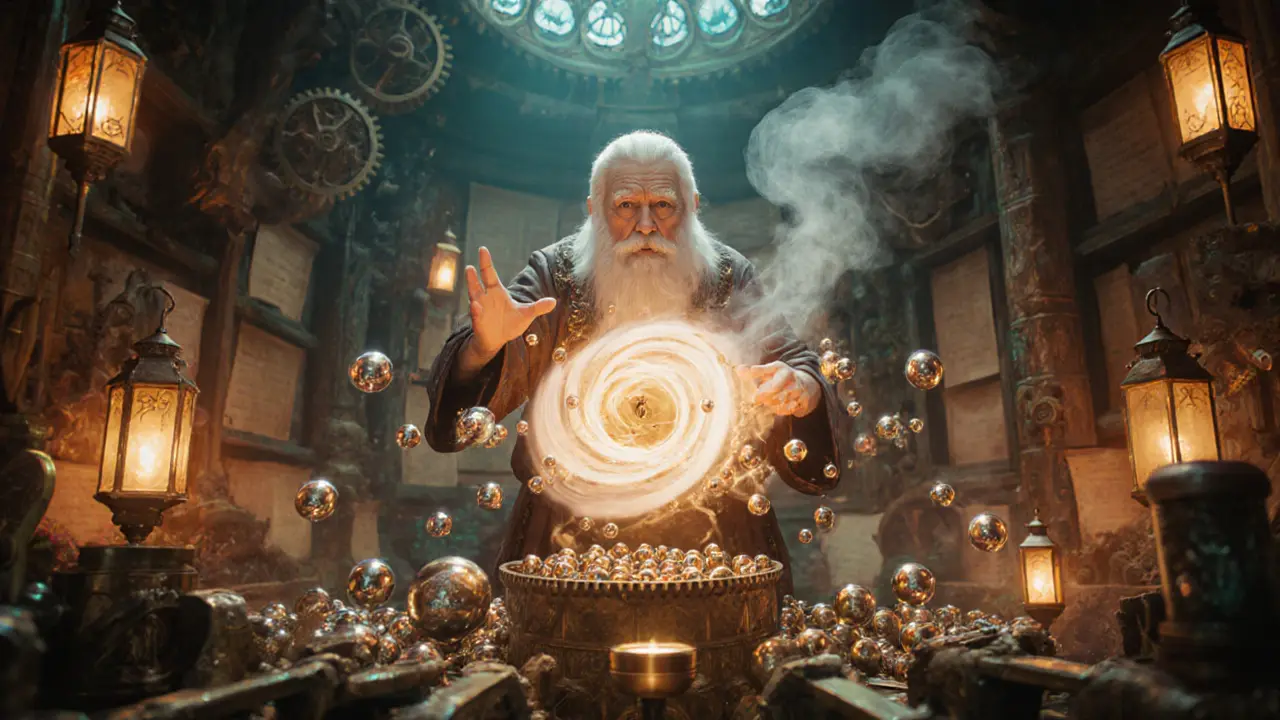
Gas Costs and Performance
Gas fees are the most visible pain point for developers. Merkle Science’s analysis shows a typical ERC-721 transfer consumes around 65,000gas, while an ERC-1155 batch of ten tokens can be done for roughly 15,000gas. In real‑world terms, moving a batch of 100 ERC-1155 tokens can cost as little as 0.001ETH on an average network, versus several times that amount for 100 separate ERC-721 transfers.
Performance benchmarks from Chetu indicate ERC-1155 can sustain 150-200 token transfers per second in a well‑optimized deployment, whereas ERC-721’s sequential processing limits you to about 40-50 per second. If your use‑case involves large collections (e.g., a game inventory of hundreds of items), ERC-1155’s throughput advantage becomes a decisive factor.
Security Features and User Experience
Both standards inherit Ethereum’s base security, but ERC-1155 adds helpful safeguards. The standard includes safeTransferFrom checks that prevent tokens from being locked in contracts that don’t implement the required receiver interface. Some implementations also offer a “token recovery” function that lets users pull back assets sent to the wrong address - a feature that ERC-721 lacks by default.
From a user perspective, batch transfers reduce the number of wallet confirmations they need to approve. This leads to fewer accidental errors and a smoother experience, especially on mobile wallets where each confirmation adds friction.
Use‑Case Fit: Art vs. Gaming vs. Enterprise
Art and collectibles: Projects like Bored Ape Yacht Club or CryptoPunks use ERC-721 because each piece is a standalone masterpiece. The simplicity of the spec matches the one‑to‑one relationship between a token and a piece of art.
Gaming and metaverse: Games need both consumable currencies (fungible) and unique items (non‑fungible). ERC-1155’s ability to package gold coins, weapons, and armor in a single contract reduces deployment complexity and gas costs dramatically. Platforms such as Enjin and Immutable X have built their entire ecosystems on ERC-1155 for this reason.
Enterprise and multi‑asset platforms: Companies that issue loyalty points, event tickets, and branded NFTs together find ERC-1155’s multi‑token approach ideal. The standard also plays nicely with decentralized exchanges that support batch trading, opening up secondary market liquidity for mixed asset portfolios.
Implementation Complexity and Learning Curve
ERC-721 is the “hello world” of NFT development. OpenZeppelin’s library provides a ready‑to‑use ERC721.sol contract, and tutorials abound. Junior developers typically get a working NFT collection up in 2-3 weeks.
ERC-1155 requires understanding token classes, batch functions, and often more sophisticated metadata handling. The learning curve stretches to 4-6 weeks for developers new to the multi‑token paradigm. However, once the foundation is set, extending the contract to add new token types is virtually frictionless.
Documentation for ERC-1155 has improved rapidly. Enjin’s developer portal, Alchemy’s guides, and community‑driven GitHub examples now cover most edge cases, but the ecosystem is still maturing compared to ERC-721’s extensive resource pool.

Adoption Metrics and Market Trends
GitHub data from late2024 shows roughly 15,800 ERC‑721 repositories versus 8,900 ERC‑1155 repos. The gap is narrowing, with ERC‑1155 growth driven primarily by gaming and enterprise projects. According to market analysis, the NFT gaming sector (largely ERC‑1155) hit $4.6B in 2024 trading volume, while traditional art NFTs (ERC‑721) accounted for $8.2B.
Surveys of new blockchain projects reveal that 67% of gaming‑related launches choose ERC‑1155, compared with only 23% picking ERC‑721 for mixed‑asset needs. Conversely, 78% of pure‑art drops still stick with ERC‑721 for its compatibility with major marketplaces like OpenSea.
Choosing the Right Standard for Your Project
| Aspect | ERC-721 | ERC-1155 |
|---|---|---|
| Token Types | Non‑fungible only | Fungible, semi‑fungible, non‑fungible |
| Contract Deployment | One contract per collection | Single contract can host unlimited types |
| Batch Operations | Not native (requires multiple tx) | Built‑in batch transfer & mint |
| Gas Efficiency | Higher per‑tx cost | Up to 90% lower for batches |
| Implementation Difficulty | Low - many tutorials | Medium - complex architecture |
| Typical Use‑Case | Art, collectibles, PFPs | Gaming, DeFi, enterprise assets |
| Marketplace Support | Universal (OpenSea, Rarible) | Growing - supported on most gaming DEXes |
Start by asking three questions: Do you need only unique items? Do you anticipate high‑volume transfers or mixed token types? How much development time can you allocate?
- If the answer to the first two is “yes, yes, no,” stick with ERC‑721.
- If you need any combination of fungible and non‑fungible assets, or you expect batch operations, ERC‑1155 is the clear winner.
- For projects that want the best of both worlds, consider a hybrid approach: use ERC‑721 for flagship art drops and ERC‑1155 for utility tokens within the same ecosystem.
Future Outlook
Both standards are evolving. ERC‑721A, an extension created by Azuki, improves batch minting gas costs while staying fully compatible with ERC‑721. Meanwhile, ERC‑1155 continues to add cross‑chain hooks and stronger security checks via ongoing EIP discussions. As Layer‑2 solutions like zkSync and Immutable X become mainstream, ERC‑1155’s already low gas footprint will become even more attractive.
In practice, you’ll rarely see one standard disappear. Expect marketplaces to keep supporting ERC‑721 for legacy art collections, while new games, metaverses and enterprise platforms gravitate toward ERC‑1155. Your choice today should align with the immediate needs of your product, and you can always add a complementary contract later as the ecosystem matures.
Frequently Asked Questions
Can I use both ERC-721 and ERC-1155 in the same dApp?
Yes. Many projects deploy separate contracts-ERC-721 for flagship art pieces and ERC-1155 for in‑game currency or accessories. The two standards are fully interoperable on Ethereum, so wallets and marketplaces can handle both types side by side.
Which standard gives the lowest gas fees for minting 10,000 NFTs?
ERC-1155 wins when you mint in batches. A single batch mint of 10,000 tokens can cost a fraction-often under 0.03ETH-whereas minting 10,000 ERC-721 tokens would require 10,000 separate transactions, each consuming far more gas.
Do major marketplaces support ERC-1155?
Yes. OpenSea added full ERC-1155 support in 2021, and gaming‑focused platforms like Immutable X and Enjin Marketplace have built their UX around it. However, the user experience can differ slightly-batch listings are common for ERC-1155 items.
Is ERC-1155 safer against accidental token loss?
ERC-1155 includes built‑in safety checks that reject transfers to contracts that do not implement the receiver interface. Some implementations also provide a recovery function to pull back tokens sent to the wrong address, a feature not present in the base ERC-721 spec.
Which standard should a brand choose for a limited‑edition sneaker drop?
If each sneaker is a single, unique collectible, ERC-721 is the simpler and more marketplace‑friendly choice. If the brand also wants a token that represents loyalty points or a redeemable voucher attached to the sneaker, pairing it with an ERC-1155 contract makes sense.



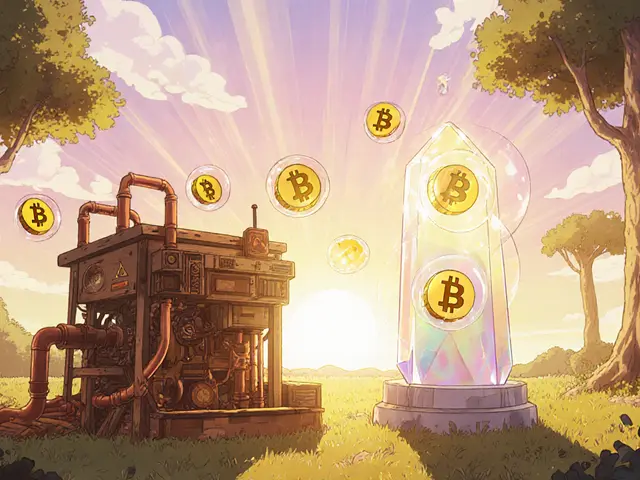
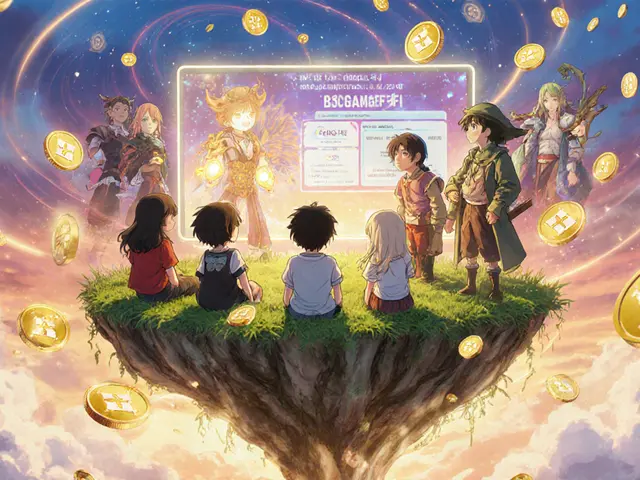

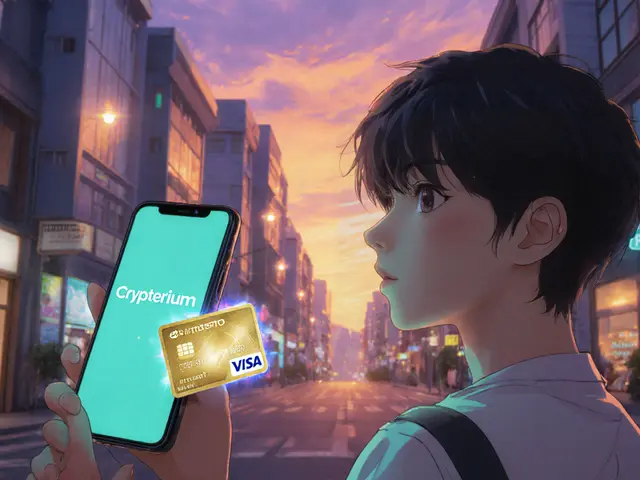
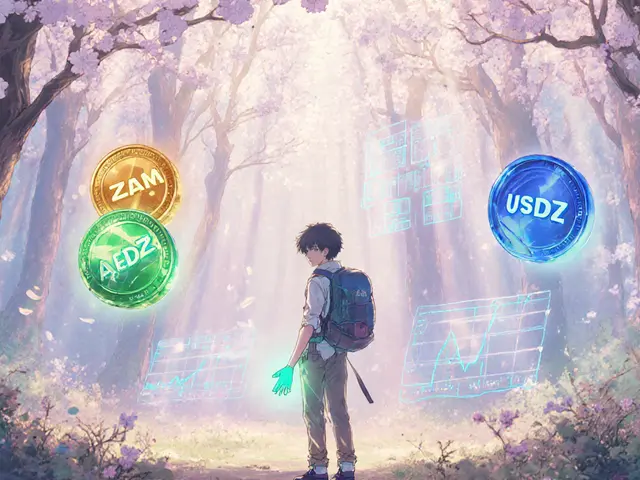
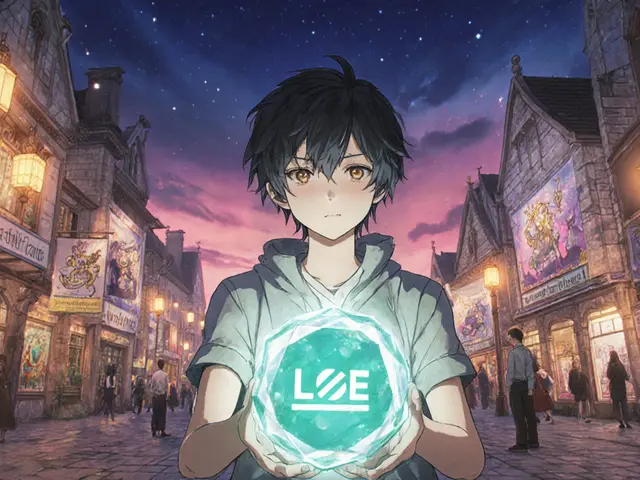
Write a comment
Your email address will be restricted to us